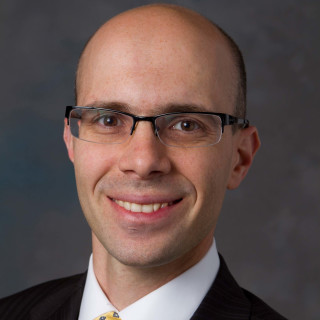What are the highlights that attendees should take away from your presentation?
Eustachian tube dysfunction (ETD) is a common condition in the adult population that has historically been ill-defined. The past several years have witnessed advances in the diagnostic workup and management options for this condition. A clinical consensus statement sponsored by the AAO-HNSF was published in 2019 and provides the framework for this panel presentation. This panel is unique in its composition of equal numbers of otologists and rhinologists, each an eminent name in their field.
What is the central question that your presentation tries to answer?
The panelists will outline where the evidence is strongest for the diagnosis and management of ETD and where it is lacking. Crucial components of the workup, including audiometry and nasal endoscopy, will be highlighted, as will the appropriate use of patient-reported measures such as the Eustachian Tube Dysfunction Questionnaire. The most current evidence related to balloon dilation of the Eustachian tube and other treatments will be discussed in a balanced fashion. Otologic and rhinological treatment options will be presented by world-renowned authorities.
How do these conclusions potentially impact clinical practice?
Many clinicians may consider ETD as a diagnosis of exclusion. In the absence of well-defined, specific treatments, patient outcomes will probably be lackluster. However, awareness of the diagnostic algorithm for ETD — particularly obstructive ETD — means a patent with ear-related symptoms is more likely to be categorized appropriately. When a patient is correctly diagnosed they are more likely to be offered an effective treatment for their condition.
What are 3–5 questions you would ask attendees about the topic of your presentation to spark an engaging conversation?
First, I would ask how common ETD is in their clinical practice. This condition is well known in children because it results in frequent otitis media, but it may be underappreciated in the adult population. Second, I would ask how often they utilize nasal endoscopy when evaluating ETD. Because it is considered an “ear complaint,” the value of examining the nasal cavity may not be immediately clear. However, inflammation at the Eustachian tube orifice can provide important information. Third, I would ask if they consider the Eustachian tube to be “just another sinus.” It has been observed that sinonasal disease and ETD often occur in the same patients, but there is no major overlap in the symptom profile. The decision to use a procedure such as a balloon dilation to treat the sinuses does not automatically imply that the Eustachian tube should be treated with the same procedure. I would ask how often medical therapies — such as nasal corticosteroid sprays — is successful at resolving or controlling ETD symptoms. The literature on the medical management of ETD is sparse, and much of what has been reported is low-level evidence
Dr. McCoul is employed by Ochsner Clinic Foundation, has received consulting fees/payment from Stryker, Inc., and owns stock in Doximity.
Illustration by April Brust







